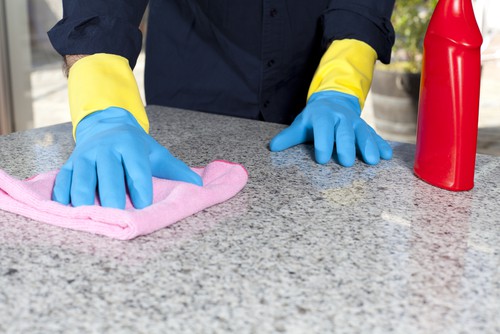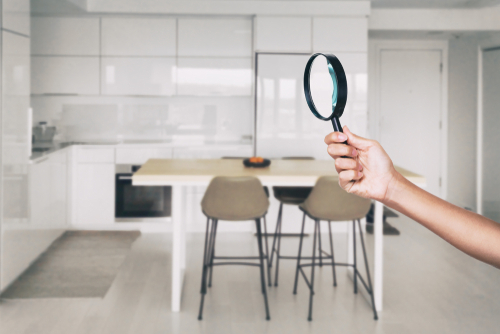
How to Clean and Disinfect your Home Against COVID-19? The risk of getting infected by COVID-19 applies to everyone regardless of their location, respect for social distancing, physical isolation, mask-wearing, and regular hand washing. That’s why upgrading our regular in-house cleaning and disinfection routine is a necessary additional measure to help limit the spread of this virus. For an effective cleaning home, you can still use most of the usual cleaning products like soap and water. But note that it takes an effective disinfectant to kill the virus on surfaces. Studies are not yet certain of how long coronavirus can live on hard surfaces. But a disinfectant can eradicate it within a minute.
Note that these precautionary measures like cleaning and disinfecting your home become more regular if someone living with you or have visited your house has tested positive for COVID-19. The same applies to a person in self-isolation after their contact with someone with coronavirus.
Table of Contents
How to Clean and Disinfect your Home Against COVID-19?

Differentiating between cleaning and disinfecting – Cleaning and disinfecting are related but different processes:
Cleaning refers to physically removing germs, organic matter, and all types of dirt and impurities from surfaces. Cleaning reduces the risk of the spread of viruses but doesn’t kill them.
Disinfecting is a method of applying specially made chemicals that kill germs on surfaces. To disinfect effectively, you need first to clean the surface so that organic matter and dirt should not limit the effectiveness of the disinfectant on germs.
When it comes to COVID-19, both cleaning and disinfection are the most effective combined method of getting rid of the virus. It’s simple; begin by cleaning with detergent before disinfecting.
As of now, you can just maintain your standard cleaning and disinfection routine until someone inside your house has tested positive. Also, if you receive a visitor or are living in a high-traffic area with outsiders coming around your door or holding doorknobs and handles, start cleaning and disinfecting more regularly.
What cleaning products are effective against coronavirus

Your usual cleaning methods and products are effective against this virus, together with diligent scrubbing. Start cleaning with a detergent and water and use a bleach-based or a 70% alcohol-based solution to disinfect surfaces. The way you clean and your product choice depends on the type of surface being cleaned and whether it’s contaminated already or not. If considered contaminated, disinfect it with a more robust bleach-based solution.
Always remember to follow instructions from the manufacturer and confirm on the label of the product whether the product kills viruses or only bacteria. According to studies, disinfectant products that can kill a virus in a minute should contain at least 62–71% ethanol, accelerated hydrogen peroxide of 0.5%, or 0.1% sodium hypochlorite. Always allow the product on a surface for 5–10 minutes to kill the virus before you proceed to clean it. Though you can dilute bleach solutions, don’t even think of mixing cleaning chemicals with detergents as they will produce toxic gas.
How to handle cleaning wipes against COVID-19

If you use wipes in the process, make sure the amount of elbow grease you put in the clean is the same as when using a cloth and spray product. If the product is a virus-killing disinfectant, then you don’t need to use any disinfectant when done with the cleaning.
Can a homemade natural cleaning product eradicate COVID-19?

Disinfecting surfaces with natural cleaning options like vinegar kills coronavirus because vinegar contains strong viruses and bacteria-killing acidic properties. However, note that commercial products for cleaning home and disinfectants are more effective in killing COVID-19 than natural ones.
Surfaces and how long the virus lives on

COVID-19 is a new strain of coronavirus, and as of now, scientists are not yet certain about the duration it takes for the virus to live on different surfaces before dying.
This case is different from that of SARS, which some studies say it takes up to nine days to die if it’s on plastic or glass surfaces.
Initial studies say COVID-19 can survive on cardboard surfaces for up to 24 hours, but when it comes to other surfaces, including fabric and clothes, the duration is not yet known. Besides, how long this virus persists depends on different conditions, such as type of surface, temperature, or humidity.
Better safe than sorry! If you think a particular surface or item such as a remote control or keyboard is contaminated, don’t hesitate to clean and disinfect it immediately. And remember always to use gloves in the process.




